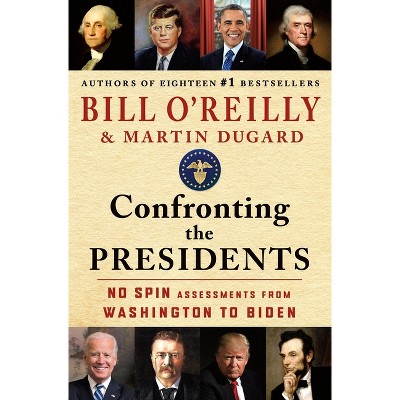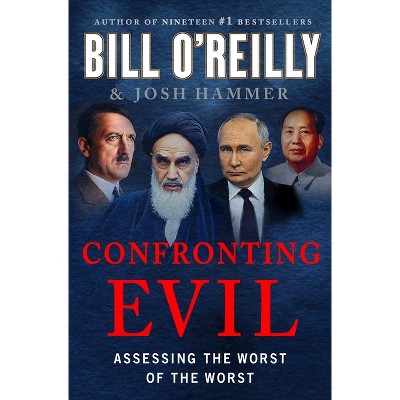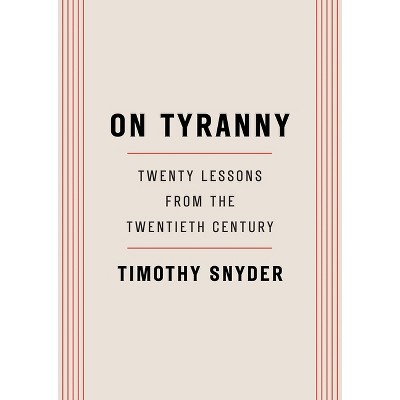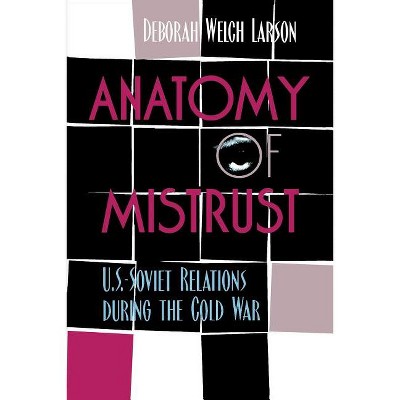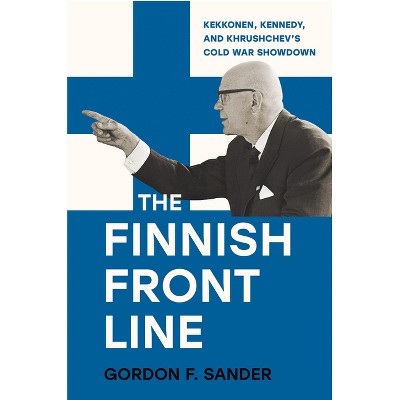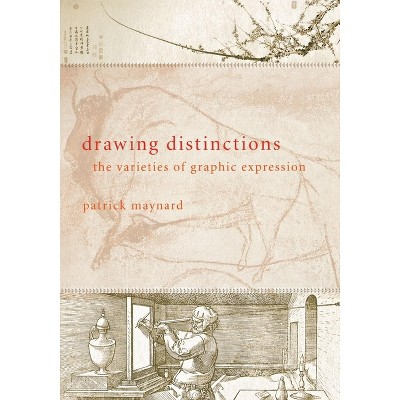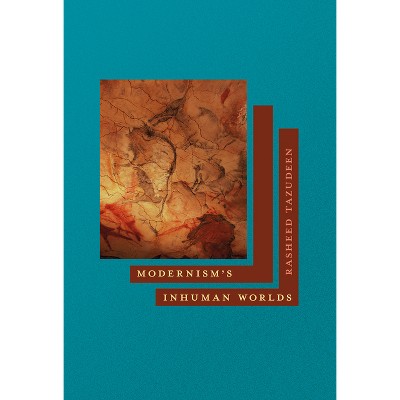About this item
Highlights
- In Unraveling the Gray Area Problem, Luke Griffith examines the US role in why the Intermediate-Range Nuclear Forces (INF) Treaty took almost a decade to negotiate and then failed in just thirty years.
- About the Author: Luke Griffith is Professor of Government and History at New Mexico Junior College.
- 312 Pages
- History, Modern
Description
About the Book
"This book analyzes US nuclear policy from 1977 to 1987, during which the Carter and Reagan administrations devised and implemented NATO's dual-track decision of 1979. It prescribed US missile deployments in Europe and arms talks with Moscow, which produced the INF Treaty in 1987. This book also examines the agreement's demise"--Book Synopsis
In Unraveling the Gray Area Problem, Luke Griffith examines the US role in why the Intermediate-Range Nuclear Forces (INF) Treaty took almost a decade to negotiate and then failed in just thirty years. The INF Treaty enhanced Western security by prohibiting US and Russian ground-based missiles with maximum ranges of 500 to 5,500 kilometers. Significantly, it eliminated hundreds of Soviet SS-20 missiles, which could annihilate targets throughout Eurasia in minutes. Through close scrutiny of US theater nuclear policy from 1977 to 1987, Griffith describes the Carter administration's masterminding of the dual-track decision of December 1979, the North Atlantic Treaty Organization (NATO) initiative that led to the INF Treaty. The Reagan administration, in turn, overcame bureaucratic infighting, Soviet intransigence, and political obstacles at home and abroad to achieve a satisfactory outcome in the INF negotiations.
Disagreements between the US and Russia undermined the INF Treaty and led to its dissolution in 2019. Meanwhile, the US is developing a new generation of ground-based, INF-type missiles that will have an operational value on the battlefield. Griffith urges policymakers to consider the utility of INF-type missiles in new arms control negotiations. Understanding the scope and consistency of US arms control policy across the Carter and Reagan administrations offers important lessons for policymakers in the twenty-first century.
Review Quotes
Unraveling the Gray Area Problem offers a concise history of the INF Treaty, from birth to death, and does so with copious citations of primary and secondary sources. Interested readers and area specialists will both benefit from the text and its extensive endnotes--demonstrating once again that the INF Treaty still has more to teach.
-- "Journal of Policy & Strategy"About the Author
Luke Griffith is Professor of Government and History at New Mexico Junior College.
Shipping details
Return details
Trending History
